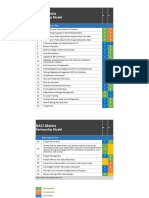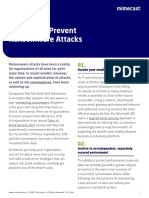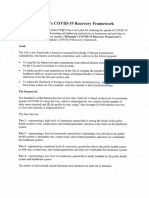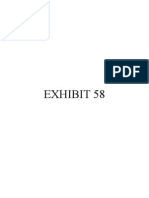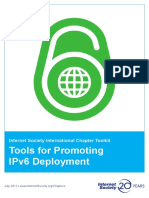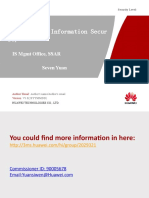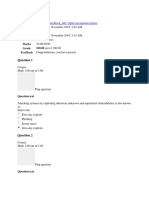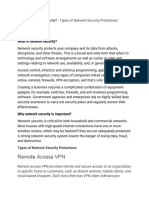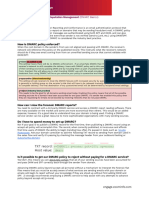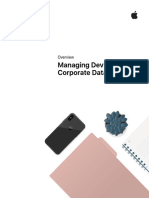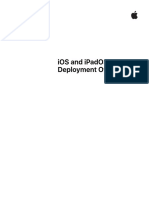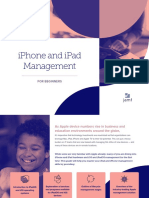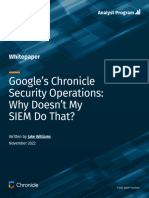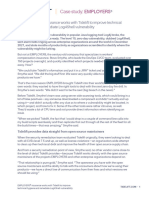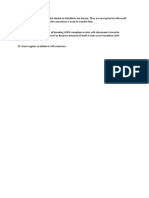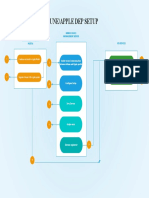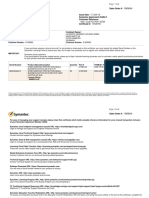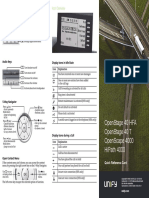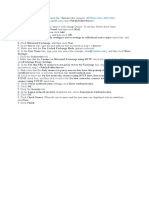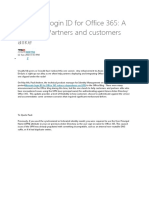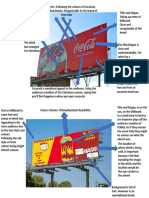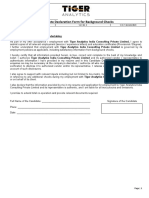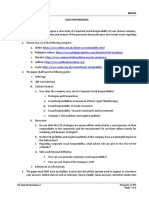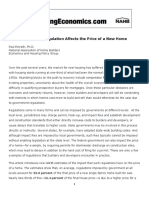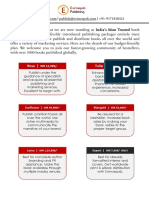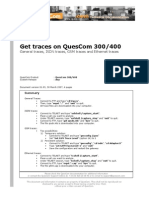0% found this document useful (0 votes)
125 views14 pagesManaging Devices & Corporate Data On iOS
The document discusses managing devices and corporate data on iOS. It covers using Apple's management framework to configure policies, distribute apps, and apply restrictions while separating work and personal data and keeping users productive. The framework supports both corporate and personally owned devices and achieves granular control without degrading the user experience.
Uploaded by
adminakCopyright
© © All Rights Reserved
We take content rights seriously. If you suspect this is your content, claim it here.
Available Formats
Download as PDF, TXT or read online on Scribd
0% found this document useful (0 votes)
125 views14 pagesManaging Devices & Corporate Data On iOS
The document discusses managing devices and corporate data on iOS. It covers using Apple's management framework to configure policies, distribute apps, and apply restrictions while separating work and personal data and keeping users productive. The framework supports both corporate and personally owned devices and achieves granular control without degrading the user experience.
Uploaded by
adminakCopyright
© © All Rights Reserved
We take content rights seriously. If you suspect this is your content, claim it here.
Available Formats
Download as PDF, TXT or read online on Scribd
/ 14






